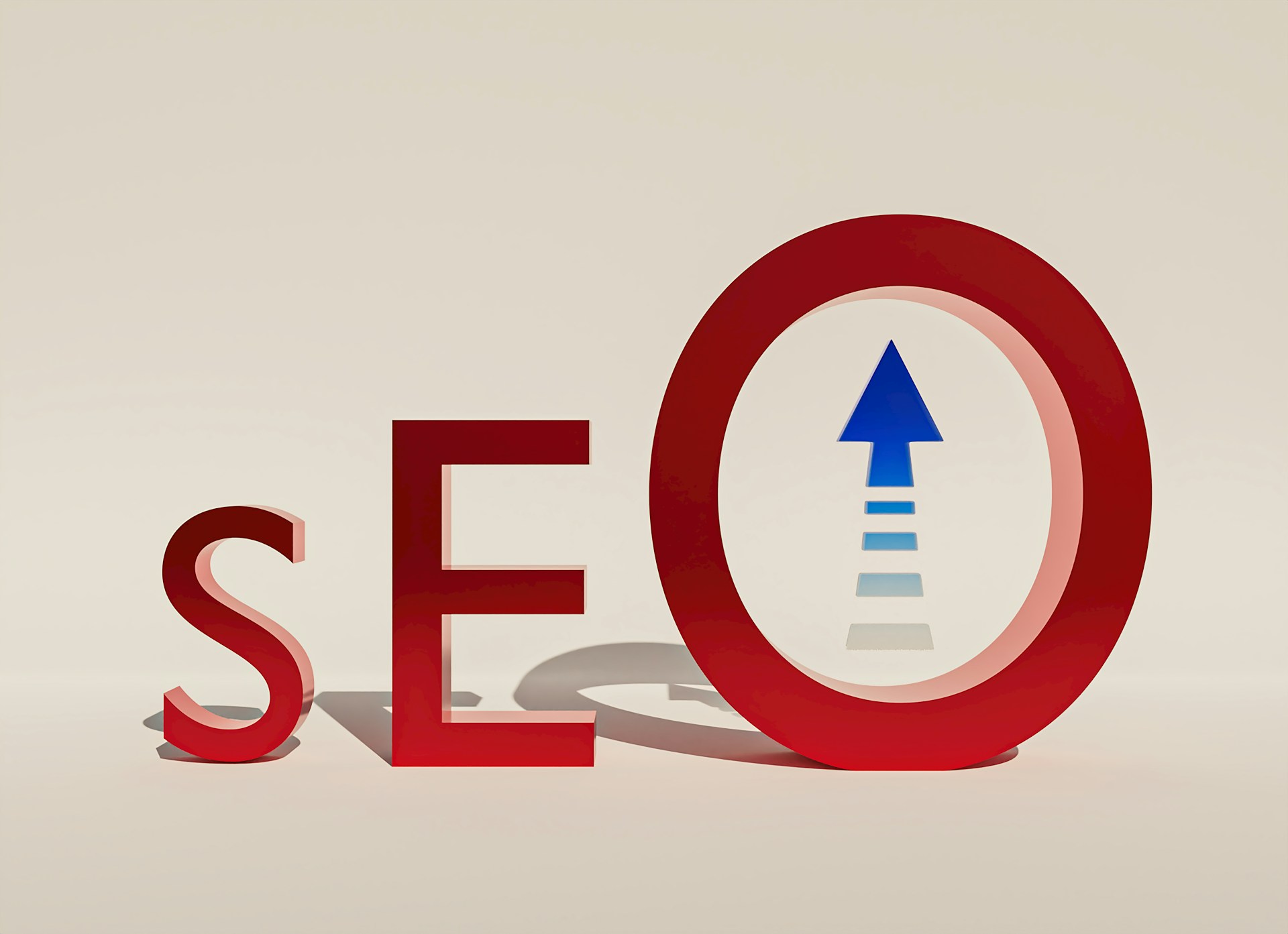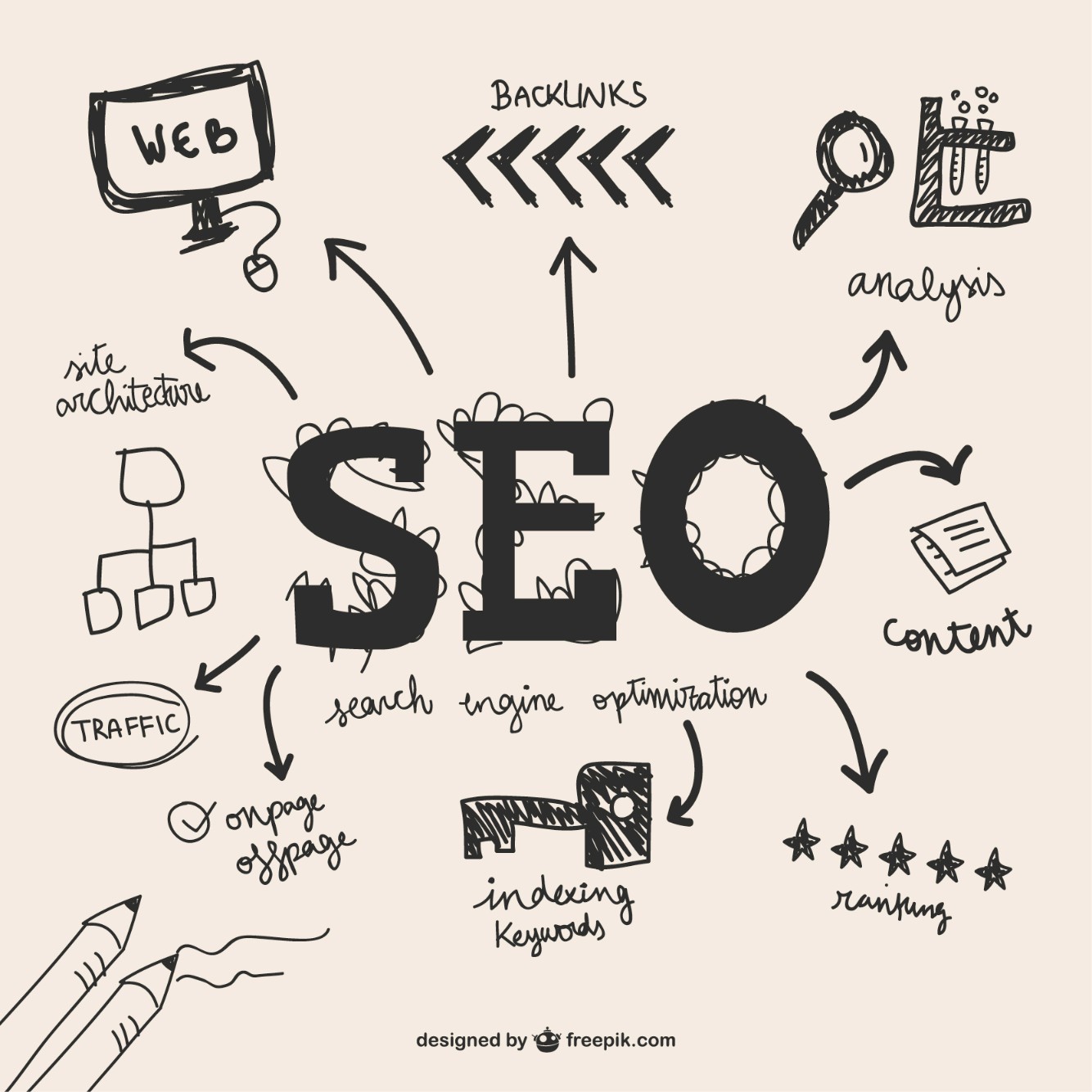This time, we’re looking at 3 reasons you need to check your Google PageSpeed score. Today, users use a huge variety of devices with varying speeds. However, most people still want relevant content that loads quickly. This remains true while they are on the go or looking at their home laptop.
Thus, if they attempt to load your content and it takes more than a few seconds, they may give up. Then, you’ll lose a potential patient and all the people they may have referred to your practice in the future. Not good!
Therefore, improving your Google PageSpeed score can significantly improve user’s experiences. Then, they will be much more likely to contact your practice when they need dental care.
What is Google PageSpeed?
Google PageSpeed is a family of tools to help optimize website performance. Your Google PageSpeed score indicates your website’s page speed.
According to seoClarity, page speed is defined as “the length of time it takes to display all the content on a specific page or the length of time it takes for a browser to receive a web server’s first byte.”
In other words, page speed defines the time it takes the user’s browser to receive information from the server. While page speed refers to one specific page, site speed refers to more than one page.
However, speed is nothing without good content. If that were true, a completely blank page that loaded instantly would rank the highest. Instead, the aim is to have easily navigated, relevant, quality content combined with multiple strategies to improve your Google PageSpeed score. Plus, it’s imperative to have fast response times to customer inquiries across all platforms.
If your website can achieve all of this, your practice will have a big edge over the competition.
Click here to check your sites speed
Top Reason to Check Google PageSpeed: User Experience
As always, considering the user experience as they seek solutions for their problems online is paramount. As noted, quality content remains the best way to improve user’s experience. With omnichannel marketing techniques, they get a strong, cohesive message across all platforms.
”If you are the fastest website out there, but the content is not great, then that’s not helping you,” says Google developer advocate Martin Splitt. ”Content still is King; there’s no question about that.”
On the other hand, improving page speed relieves frustration.
”Page speed is important because it alleviates the pain and frustration involved with waiting for sites to load,” writes Search Engine Journal.
Consequently, users want amazing content without getting frustrated trying to access it.
Click here for a FREE marketing consultation
Slow Page Speed Turns Off Viewers in Seconds
According to Kissmetrics, over a quarter of users will move on if your page speed is slower than three seconds.
According to SEO guru Eric Enge, Google data suggests this number is much higher. Shockingly, up to 53% of sessions may be abandoned if the website page takes longer than three seconds to load. Despite this, the average web page can take up to 15 seconds to load.
Therefore, improving Google page speed clear way that your business can improve user experience and beat the competition.
For example, Walmart.com saw a two percent increase in conversion with every second of increased page speed.
Improving User Experiences Across Platforms
What you see on your screen isn’t necessarily what others see. It all depends on the device and that individual’s internet connection.
So, someone using their old mobile phone on the go may get a suboptimal experience despite how it appears on your newer model. Therefore, developers need to optimize sites to load quickly on a wide variety of devices and network connections wherever possible.
Ask us about our website design that optimizes content to look great on any screen.
Click here for a FREE marketing consultation
Reason 2: SEO Optimization
Today, Google includes page speed in their search index rankings. Thus, page speed also affects overall search engine optimization (SEO).
In 2010, Google announced that page speed would influence how highly websites ranked on their platform. By 2017, Google increased the importance of page speed in determining rankings.
By 2018, Google began making page speed a ranking factor for mobile searches. Although quality content remained important, page speed could make the difference in what pages come to the top in searches. Page Speed Insights (PSI) were divided into categories of Fast, Average, or Slow.
More recently, in 2020, Google announced Page Experience rankings would be coming but delayed due to the pandemic. Now, this set of core web vitals means page speed and quality content are critical for SEO.
At Ortho Marketing, we offer comprehensive SEO strategies that generate traffic to your orthodontic website.
Click here for a FREE marketing consultation
Reason 3: Lead Generation
As noted, when users experience frustratingly sluggish page speed, they will click away. Unfortunately, this means lost leads and prospective patients never get to learn about your business, no matter how incredible.
By increasing page speed, you are improving lead generation. The advantages are born out in research by Google. Importantly, most brands saw more purchases and could encourage people to stay longer with faster site speed. Even a small change in speed had a big impact.
”Decreasing mobile site load times by just one-tenth of a second resulted in major performance gains. Specifically, conversion rates went up by 8.4% for retail and 10.1% for travel,” reported Think with Google.
Furthermore, “The results were even more profound for the lead generation brands studied, where a mobile speed improvement of just 0.1 seconds for an informational page decreased bounce rate by 8.3% for 1 in 2 lead generation sites.”
It’s hard to imagine that fractions of a second could generate so many more leads. However, everyone who has been frustrated by a slow website knows how frustrating it can be, so it makes sense.
Generating more leads for your orthodontic practice is our top priority through a wide variety of marketing techniques.
Click here to check your sites speed
How Do I Improve Page Speed?
To improve page speed, it takes a combination approach, not merely employing one fix.
Tools like Google PageSpeed and Chrome User Experience Report can offer a glimpse into real user data. Similarly, Google Lighthouse can suggest ways to shave speed from load times. By themselves, they may not help your overall user experience and rankings.
Similarly, apps like Accelerated Mobile Pages (AMP) and Progressive Web Apps (PWA) can also help with the ranking factors. These apps preload content on the cache in phones, so users can retrieve it faster in some cases. Google is experimenting with AMP to increase page speed on mobile devices.
Behind the scenes, getting the best page speed depends on skilled developers who can apply complex strategies. For example, techniques may include configuring Content Delivery Networks (CDNs,) caching techniques, and website architecture.
At Ortho Marketing, we are here to optimize your practice’s page speed and content through a wide variety of best techniques. Contact us to give your orthodontic practice a competitive edge and improve your patients’ experience.
Click here for a FREE marketing consultation





